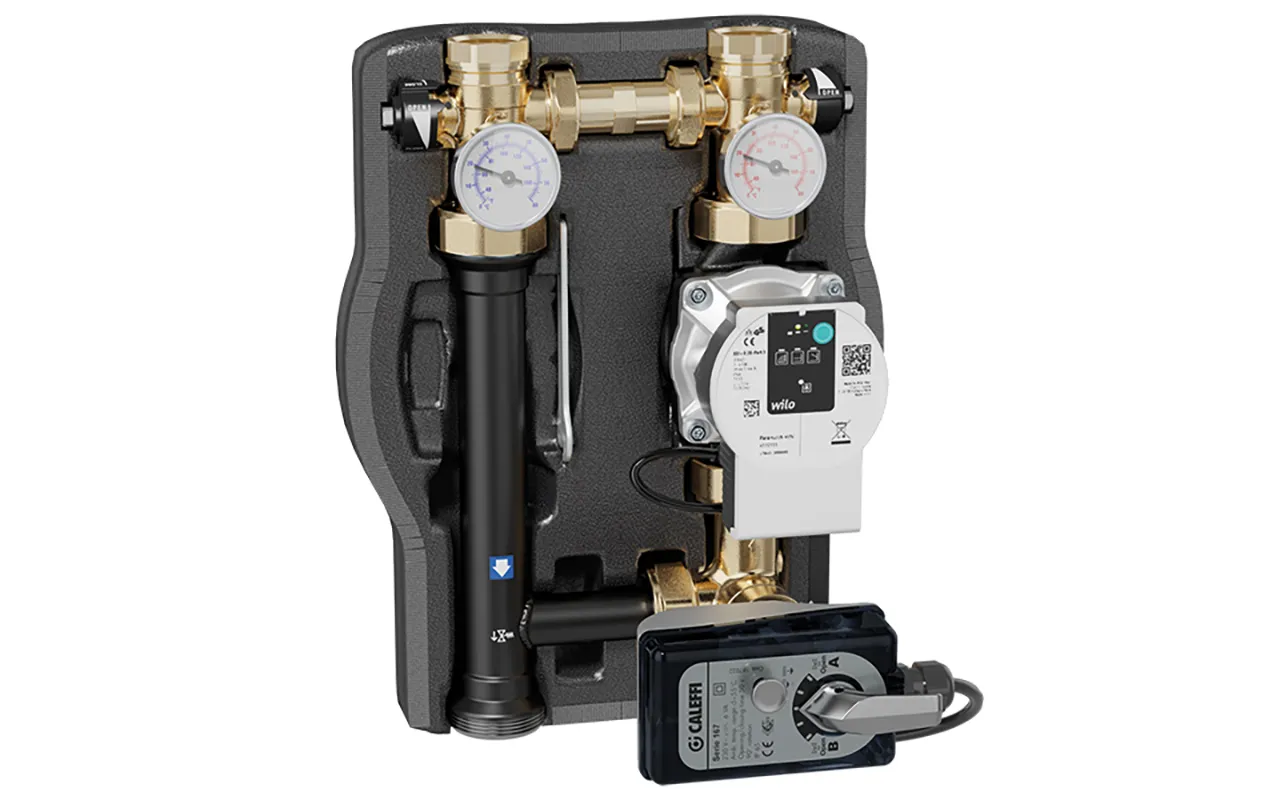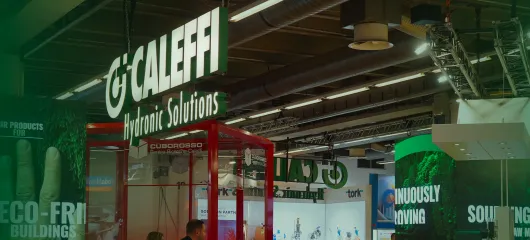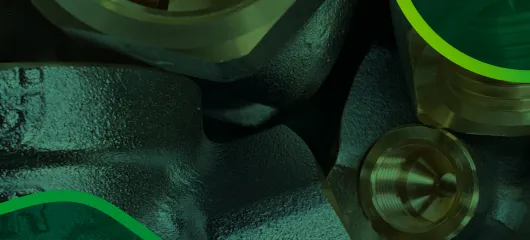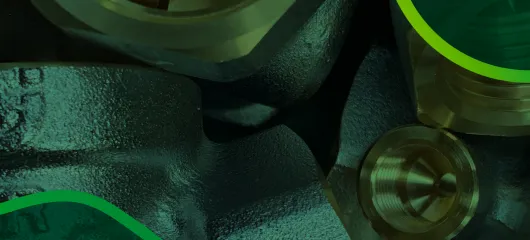167 series climate heating control unit for heating systems
It is now possible to optimise comfort and sustainability with the Caleffi Hydronic Solutions 167 series motorised regulating units, which regulate the system flow temperature according to the actual climatic conditions. They are pre-assembled and have a mixing circuit that controls the flow temperature using a three-way valve with actuator. If necessary, the flow direction can be inverted in just a few steps.
How to regulate the amount of thermal energy emission as actually required?
The purpose of any heating system is to ensure the right comfort conditions in the rooms. This only occurs when it is possible to regulate the amount of thermal energy emission as actually required. An operation that can be “disturbed” by a number of factors, such as solar radiation or variations in outside temperature, but also by load variations or the level of crowding in the room. It is therefore necessary to continuously compensate for the effect of these factors using devices that can return the system to the desired condition and keep it there.
In order to meet this need, systems with different temperature regulation methods are often adopted:
- Set point regulation. This is simplest system, and its operating principle is based on maintaining the flow temperature at a constant preset value. This strategy aims to maintain the water flow temperature at a value that is sufficient to ensure thermal comfort on the coldest day of the year. It is mainly used in small systems with radiators or radiant panels. This kind of regulation is limited by the fact that the ambient temperature changes whenever the outside climatic conditions change.
- Compensated set point regulation. As with conventional set point regulation, the flow temperature is maintained at a constant value. However, this value can be corrected to compensate for the actual heat demand, which is estimated by measuring the actual temperature difference. In this way, the emitted heat can be adjusted according to the actual demand, even without measuring the outside temperature directly. This kind of regulation is limited by the fact that the flow temperature is compensated retrospectively, without considering the actual climatic conditions in advance.
- Outside compensated temperature regulation. This is based on the assumption that the thermal requirement is proportional to the dispersion of the building, and therefore depends on the outside temperature. The flow temperature is regulated according to the actual climatic conditions. This is the most effective regulation strategy, which can ensure the best room comfort by continuously adapting to the outside conditions. It is mainly used to make the thermal emission more comfortable in residential buildings with central heating systems that have radiators with thermostatic valves, but also with radiant panel systems.
Caleffi Hydronic Solutions meets the need to regulate the system flow temperature according to the actual climatic conditions with 167 series motorised regulating units, which are configured to be combined with an outside compensated or modulating temperature regulator. They are pre-assembled units composed of a mixing circuit that controls the flow temperature using a three-way valve with actuator. This allows the flow to be mixed with the return as required using the pre-installed circulator. 167 series motorised regulating units also come with motorised three-way mixing valves, flow and return temperature gauges, secondary circuit shut-off valves and pre-formed shell insulation.
These units can also be coupled to the 559 series SEPCOLL separator/distribution manifold with 125 mm connection centre distance, and 550 series manifolds. The safety thermostat (code 165004) and mounting bracket (code165001) are optional.
Installation is very practical and versatile. The unit is pre-assembled with right-hand side upward flow (equivalent to left-hand side downward flow). If necessary, the flow direction can be inverted to meet any system needs in just a few steps.
167 series motorised regulating units can be combined with various types of controller. Two versions are available:
- one has an actuator with three-point control, is powered at 230 V, and can be combined with conventional controllers with electric contacts to control motor rotation during regulation
- the other has an actuator with proportional control, is powered at 24 V, and can be combined with modern controllers equipped with specific cables for 0(2) – 10 V voltage control or 0(4) – 20 mA current control
Two circulator models can be pre-assembled in the unit for different performance. Specifically, it is possible to choose from regulating units with a circulator for managing small or medium-sized systems. Another version is pre-assembled with a circulator that has better performance and a larger mixing valve; this offers greater circulator capacity and lower pressure drops in the mixing valve, making it possible to manage medium-large systems.
Download the technical brochure on the "Motorised temperature regulating unit for heating systems"














